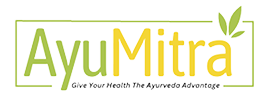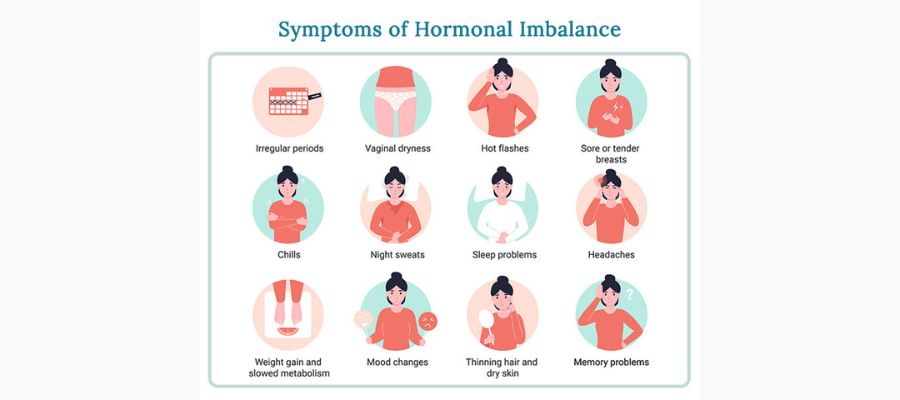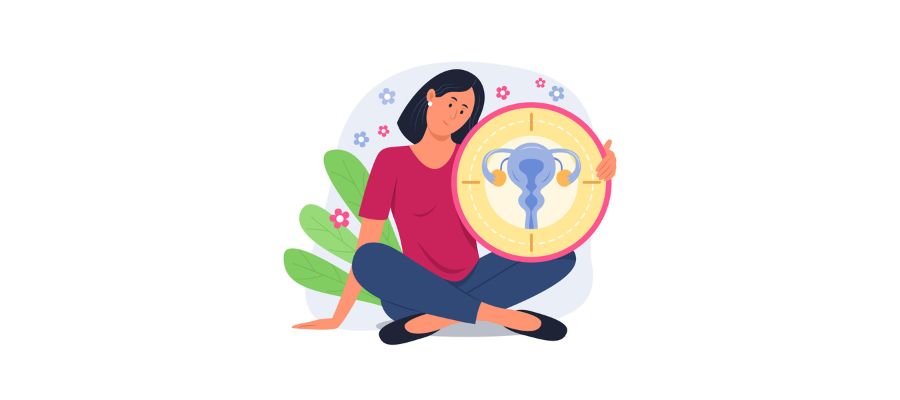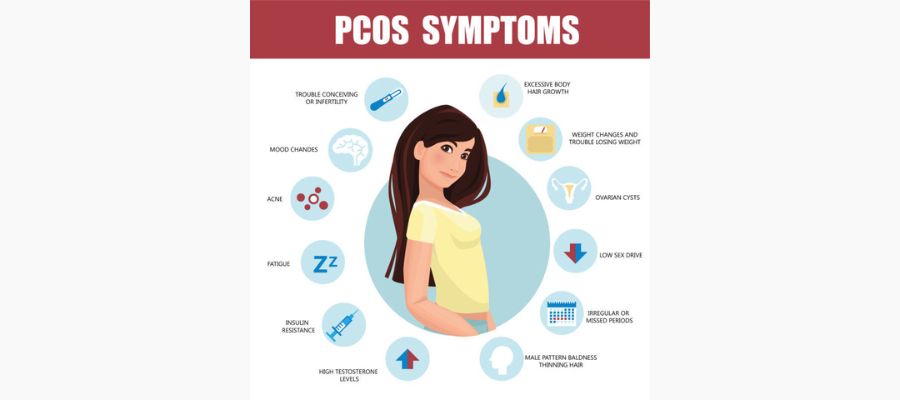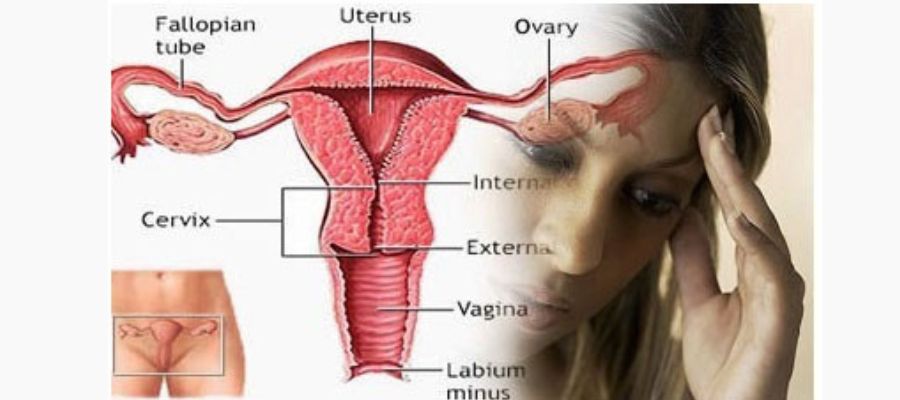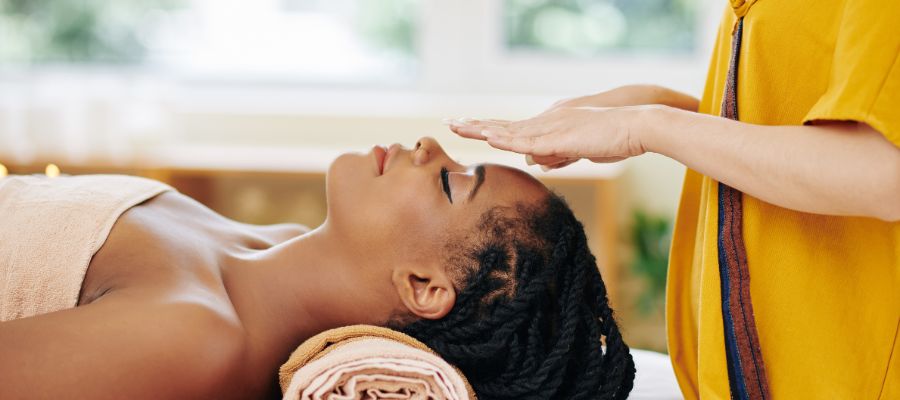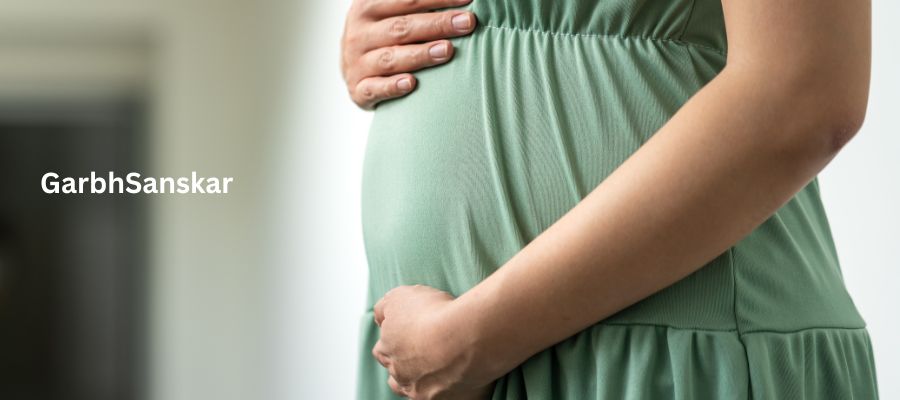
Ayurveda classics brief health as not just being disease-free but a state of the normalcy of the three doshas i.e. Vata, pitta, and Kapha. For most of us, Ayurveda’s legacy is just another way of treating illnesses with herbal medicines but this hidden treasure is much more than that.
Panchakarma is a specific branch of Ayurveda, made up of two words: ‘pancha’ that means five and ‘karma’ means action and it includes preventive and curative actions for various diseases. The full panchakarma plan requires 7 days for general procedures while more than 3-4 months to do the whole detoxification.
Ayurveda deals with the preventive and curative treatment approach, viz;.
- Samshaman Chikitsa or Pacifying therapy consists of conservative treatment with drug administration.
- Samshodhana Chikitsa or Bio-cleansing therapy anticipates panchakarma treatment to eliminate the toxins from the body and thereby enhances the immunity.
Panchkarma is a specialty of general medicine presenting a unique approach of internal purification of the body through the toxin’s elimination from the nearest possible route and is considered superior to samshaman chikitsa as recurrence chances of the disease are remote.
Practically everyone can make the most from a panchakarma procedure because the body consistently creates toxins, exhibiting certain signs to consider, to decide detoxification;
- Coated tongue
- Fatigue & weakness, especially after meals
- Bodyache
- Uncontrollable cravings
- Bad breath, or flatulence
- Recurrent indigestion
If doshas are vitiated beyond the extent of pacification, the purificatory therapies come to rescue which are performed in 3 stages i.e. preparatory phase, implementing the treatment, and the dietary regime.
- PREPARATORY PHASE
The preparatory procedure is important to prepare the patient mentally and physically, and to encourage the body to let go of the toxins before the main procedure. It includes:
- Deepana-pachana /Kindling the digestive fire: This primary step improves digestion with herbs so that the patient can digest the medicated ghee used for kindling the digestive fire and initiating the digestion of metabolic toxins rapidly. The medicated ghee is given daily for 3-7 days.
- Snehana / oleation: It involves lubrication of the body by the administration of medicated ghee externally with abhyanga & internally by the administration of medicated ghee in increasing doses, to aggravate and loosen the toxins. This is continued till the symptoms of the desired effect (Samyak-Snigdha Lakshanas) are observed and usually, it is carried for 3 to 7 days.
- Swedana / sudation: This is done by full-body steaming that helps in opening up the bodily channels and allowing the heat to liquefy the toxins and is carried out for 1-3 days, based on the patient and/or disease condition.
After 3-7 days of the preparatory process, doshas are liquefied and brought to the Gastrointestinal tract and then specific Panchakarma therapy is administered according to the involvement of the doshas.
- MAIN PROCEDURES
Classical Panchakarma includes Vamana, Virechana, Vasti, Nasya, and Raktamokshana, which is individualized depending on the age, digestive strength, immune system, and diseased condition of the person.
- Vamana/emesis therapy
This therapy removes the excess of Kapha and pitta, from the upper part of the body through induced vomiting and is beneficial in repeated attacks of bronchitis, asthma, chronic sinusitis, Gastric issues like acid peptic disorders, skin diseases involving the upper part of the body, and lifestyle disorders like diabetes & schizophrenia.
- Virechana / purgation therapy
Virechana therapy intends to encourage the pitta dosha from the intestines, liver, and gallbladder and takes the account of cleansing the body from the duodenum to the exit. This therapy is accountable for the treatment of ailments like worm infestation, jaundice, eczema, acne, chronic recurrent fever, paralysis, diabetes, bronchial asthma, etc.
- Vasti / enema therapy
Vasti Karma is the procedure by which the herbal preparations in a liquid medium are administered through the rectum, acting on the large intestine and bone tissues. Vasti therapy is referred to as “Ardha-chikitsa” as it is the most appropriate remedial measure for Vata-dosha which is the stimulus behind the elimination and retention of the feces, urine, bile, and other excreta. There are basically;
- Niruha or Kashaya vasti / Decoction enema therapy is given before meals (i.e. 8-9 AM) and usually consists of a medicated concoction of herbs and is indicated in neurological disorders like paralysis, sciatica, Parkinson’s, gout, Rheumatoid arthritis, Osteoarthritis, and secondary Amenorrhea, etc.
- Sneha Vasti/ Oil enema is administered through anal route preferably in the afternoon, immediately after lunch, and is indicated in neurological & arthritic conditions and other Vata related disorders.
- Nasya / Nasal insufflation
The nose is the gateway to the brain and helps prana i.e. life forces to enter the body and maintains sensory and motor functions. The medicated oil/ghee/fresh-extracts of herbs are administered through the nasal passages, which pass through the head, eyes, ears, and throat and flush out the impurities improving nervous system disorders, sinus congestion, migraine, headaches, convulsions, and certain eye and ear problems.
- Raktamokshana / bloodletting
Raktamokshana involves the removal of a small amount of blood from the vein & thus purifies the imbalance caused by pitta dosha by stimulating the spleen, liver which in turn stimulates the immune system. Bloodletting therapy is effective in skin disorders like urticaria, rashes, eczema, acne, leukoderma, chronic itching, or hives as it neutralizes the toxins and along with internal medication, the purification of the blood is achieved.
C. POST-OPERATIVE PROCEDURE
After bio-purificatory procedures, to restore the strength of the digestive fire, a special dietetic regimen is needed to be followed with some restrictions. It includes;
- Peyadi Samsarjana Krama/Dietetic regimen: The dietetic regime after detoxification focuses on gradually increasing the diet from liquids to semi-solids to a healthy diet successively.
- Rasayan Therapy/ Rejuvenation therapy: The rejuvenating therapy aids in increasing natural immunity and enhancing general well-being, followed as per body strength, disease treated, and constitution of the patient.
- Administration of palliative medications: A pacification therapy with herbs, formulations, and lifestyle management.
SIDE-BARS OF PANCHAKARMA PROCEDURE
Ayurveda is not just a method to treat health problems but it is a complete way of life, designed mainly for cleansing the body by pacificatory & purificatory measures, to be done under the guidance of Ayurvedic practitioners only. The panchakarma therapy is the nectar of Ayurveda but it also has some cons along with boons.
- Common side effects include fatigue, malaise, headaches, congestion, and general illness.
- Some may experience mental disturbances and depression during the course of treatment.
- After the Panchakarma treatments, a period of rest and moderation in lifestyle is a must to avoid spinoff.
- The selection, assessment, and preparedness of the patient, explaining all the procedures before administration of Panchakarma procedures to avoid aftermaths.
- Performing panchakarma w.r.t doshic seasonal changes is best to avoid any side effects.
BENEFITS OF PANCHAKARMA
Panchakarma treatments need to be done properly, as it takes at least 3 weeks and optimally 4-6 weeks to give benefits. The benefits of a properly done panchakarma treatment are manifold and would include the following.
- Elimination of body toxins.
- Restoration of Prakriti.
- Balancing doshas.
- Restoration of health.
- Enhancing immunity.
Panchakarma not only cleanses and rejuvenates the body but the mind and spirit as well. Sedentary lifestyle cause toxins to accumulate in the body thereby leading to a drop in the optimal functioning.
